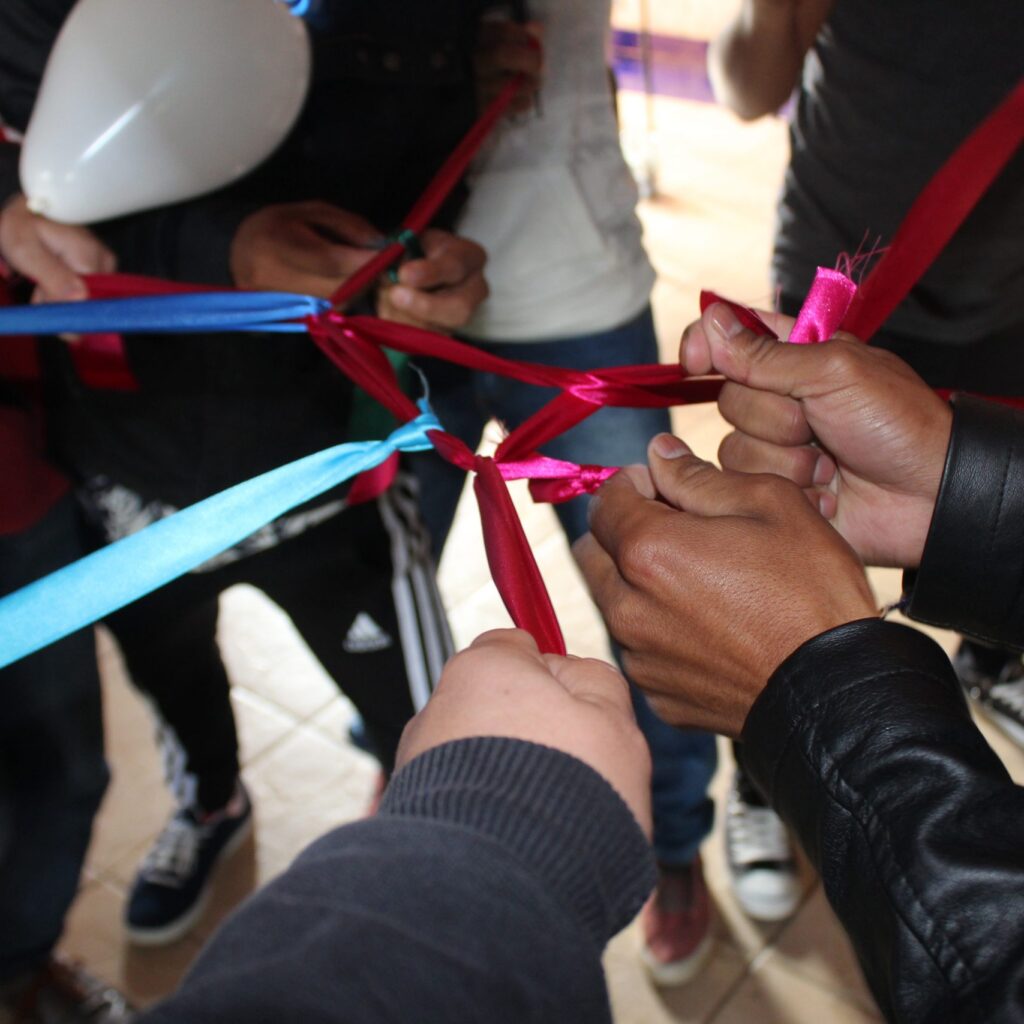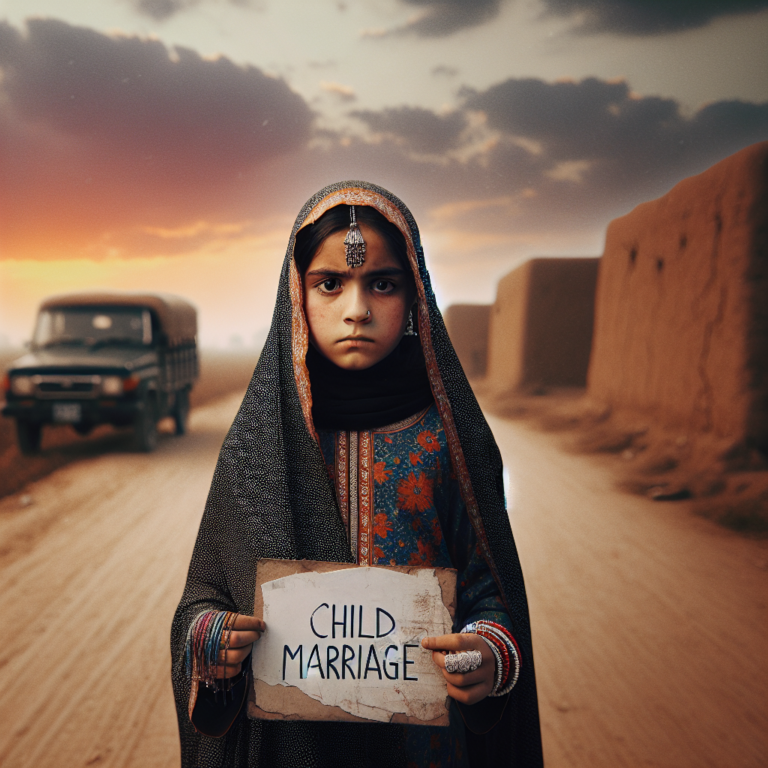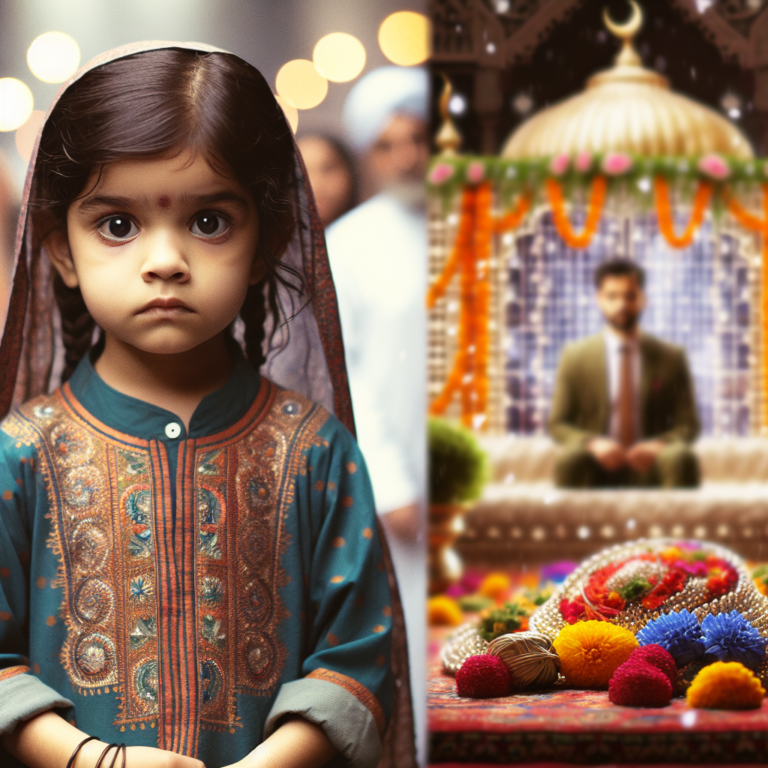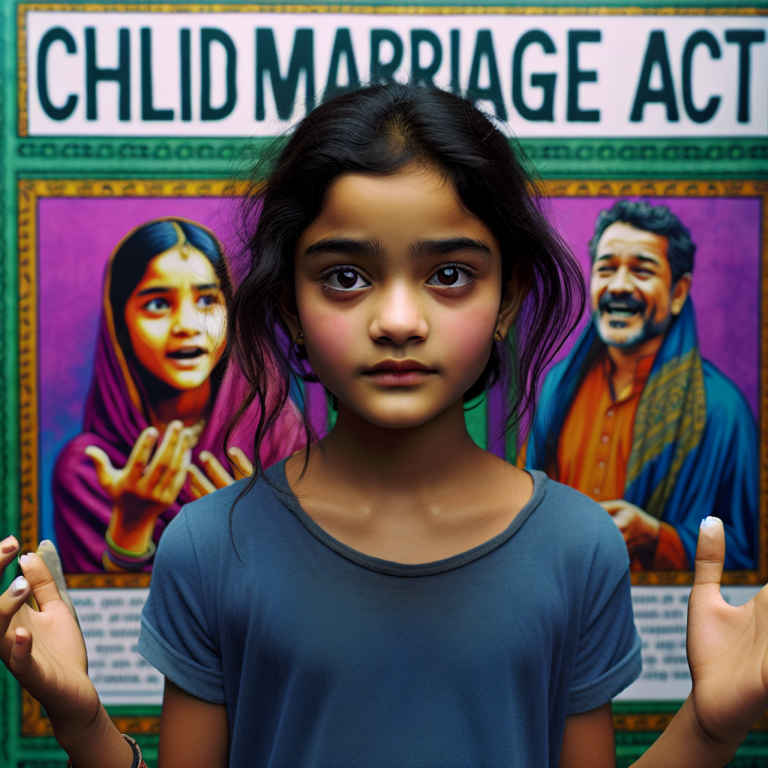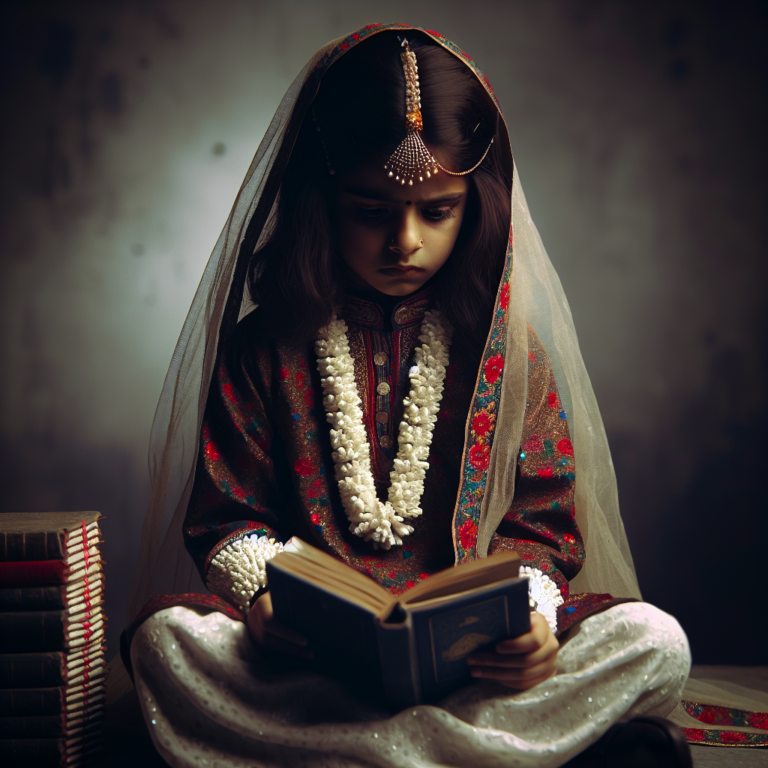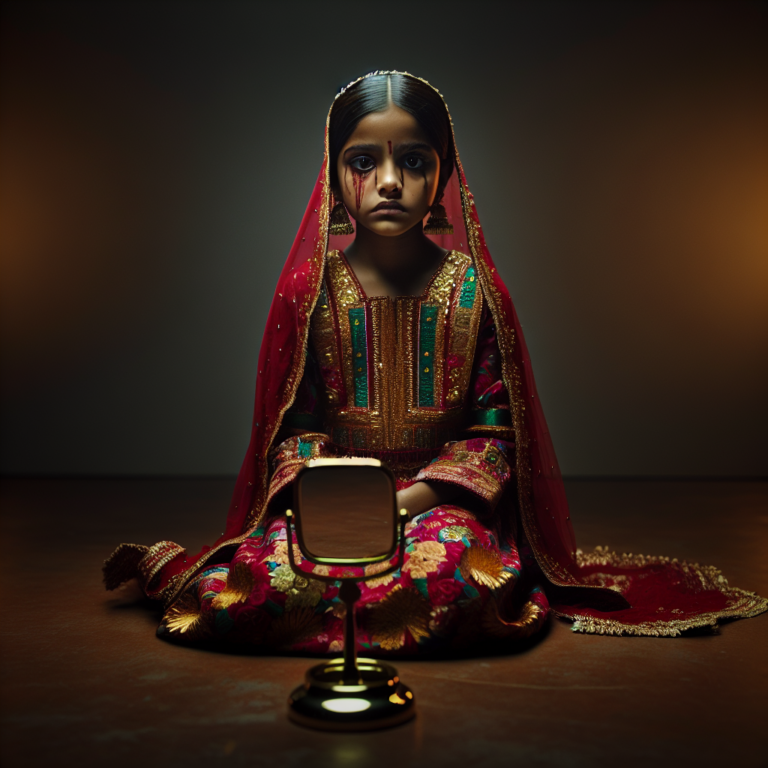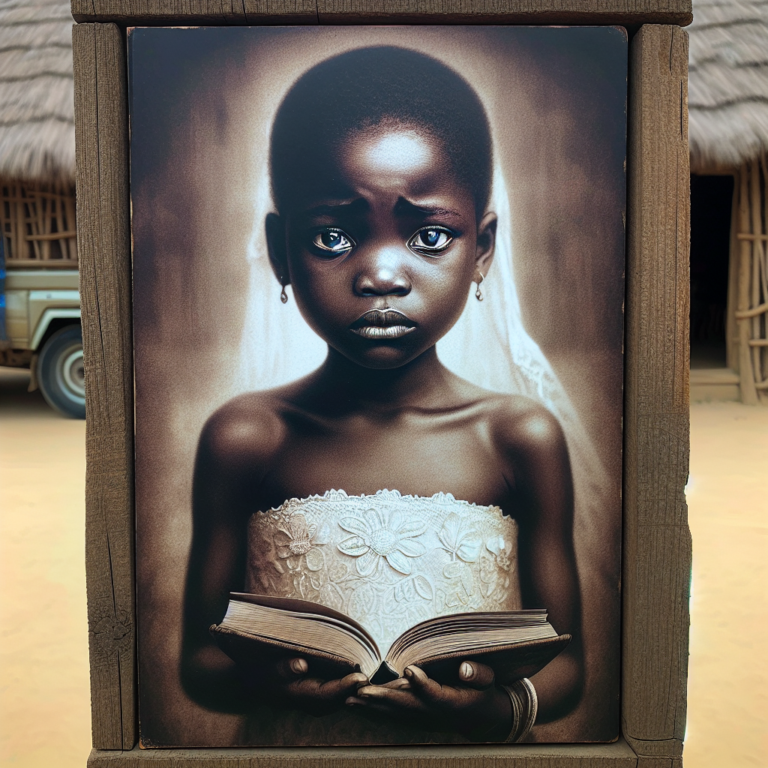ending child marriage
Around the world, gender-based discrimination – that is, social norms and stereotypes that privilege men and undermine women and girls – creates barriers to girls’ education and independence, the unequal participation of women in social, economic, and political spheres, and gender-based violence, including child marriage.
The negative impacts of gender-based discrimination don’t only affect women and girls. A patriarchal model of masculinity based on violence and domination also reproduces and deepens issues that affect boys and men, such as bullying, depression, harassment and child marriage.
To encourage healthier, nonviolent forms of masculinity that foster characteristics like empathy, care and respect, social attitudes related to dominant masculinity and gender roles need to be positively transformed.
At Global Fund for Children (GFC), we’ve seen more and more grassroots organisations, donors, regional networks, and other community actors develop gender-transformative initiatives. These efforts have created new spaces for boys and young men to reflect on the impacts of harmful masculinity within their families and communities.
We know that, in order to achieve gender justice for all, boys and men need to be part of the solution, acting as allies in our work for women’s and girls’ rights.
But … how do we achieve this?
Through my work managing a GFC initiative to promote healthy masculinities and gender equity in Latin America, I have come to collaborate with diverse organisations that want to work with boys and young men to advance gender justice, but don’t know how to start.
How do we keep the boys involved? How do we organise the sessions to spark social change? These are the questions I hear most often.
There are no magical solutions, of course.
But, after more than seven years of promoting safe, intimate spaces for boys and young men from different regions, backgrounds, and contexts, I do have some guiding principles to light the fire of social transformation:
- Healthy masculinities are not a moment of training, they are an individual and collective process for community wellbeing.
Often – and especially when working with boys and young men – institutions and organisations reproduce adult-centred attitudes and try to “teach” young people how to be better men (as if we had all the answers). In this way, we transform gender into a “workshop” to transmit knowledge and concepts that are too abstract and distant from participants’ lives.
Although it’s important to review concepts and definitions related to sex and gender, it’s equally important to invite children and young people to reflect on the realities, challenges and violences they experience every day.
- Promoting healthy masculinities needs to be a process sustained by care and joy.
Reflecting on our lives and the violence we as men have perpetuated and experienced can be a painful process. It isn’t easy to examine ourselves and recognise our mistakes. So, we need to build spaces based on respect and care where we can truly open up and address these issues.
Throughout this process, we must recognise progress and identify setbacks, make room for all possible emotions, and identify opportunities for laughter and play.
Incorporating art, play and creativity into our interactions allows us to access the world of boys and young men, and connect with them in a deeper way. At the same time, we can try out new ways of being and connecting as men, and plant the seeds of a better world.
- Healthy masculinities start with the individual.
Generally, I’ve had most success when I structure a session on healthy masculinities around three key moments, introduced by the following questions:
- Who am I? From a very young age, men are taught to detach ourselves from our feelings and emotions. So, the first step is to get to know ourselves better and expand our range of interactions, allowing ourselves to try other ways of acting, being and feeling without being afraid that our masculinity or our value as men will be questioned. We can cry, we can dance, we can hug each other, we can look other men in the eyes, we can be afraid and have doubts. When we allow ourselves to do all of this in front of other men, and find their support and understanding, our world changes.

Diego, a young Tzeltal Indigenous member of the Chiapas Indigenous Coalition of Migrants, participating in a masculinities and youth meeting in Chiapas, Mexico. Photo: Global Fund for Children
- How can I change? Without forgetting that patriarchy affects us all, it’s time to identify our privileges as men and critically analyse the limits set by gender stereotypes. Little by little, we can begin to see that dominant masculinity is a cage that doesn’t let us – or others – be our full selves. We can also begin to see how we’ve hurt people we love because of our need to be “strong men,” often by controlling the girls and women around us. Finally, we can identify together the issues we want to reflect and take action on: issues like addictions, intimate relationships or violence against our partners. Creating change is a long-term process, and we need to be fully committed to it. Through daily efforts and concrete tasks, we can begin to heal and change.
- How can I transform my community? We have already analysed how patriarchy and machismo – that is, a society controlled by men and strong or aggressive masculine pride – affect our lives. It’s time to critically reflect on the ways this system expresses itself within our families and social institutions, and think of new strategies to confront and overcome this violence together. Finally, we should begin an empowering process that supports boys and young men to “be the change” and act as community promoters of healthy masculinities, opening new spaces to engage their families and communities in a collective movement against gender inequalities.
In this way, we can foster gender justice and contribute to ending one of the largest global pandemics we face today: violence against women and girls, of which child marriage is one manifestation.
The promotion of healthy masculinities, which begins internally, can then become social wellbeing.

Reflection space in the healthy masculinities circle promoted by youth organisation OYE, El progreso, Honduras. Photo: Global Fund for Children
- Promoting healthy masculinities is not only something you do, but also something that defines you.
Facilitating a space for promoting healthy masculinities requires responsibility. It isn’t about “transmitting knowledge” or “being an expert,” but about creating a safe space for shared reflection and continuous learning. As facilitators, we must fully commit to the group to build trust and collective dialogue. We must be the first to share, reflect and learn. And we need help from our peers to continue doing this.
Because personal actions send the strongest message, facilitators must embody their values, serving as role models by building better relationships and removing violence from their own lives.
There is still much to do, but at GFC we’re committed to supporting and learning from the local organisations we partner with. These organisations – in countries like Honduras, Guatemala, and Mexico – are creating safe spaces for boys, developing youth-led and culturally-based programmes, and promoting comprehensive sexuality education to achieve gender justice.
All of us can be part of the change. And I’m glad to see that boys and young men are playing an active role.
For more information on working with boys and men, see our brief on Male engagement in ending child marriage.
About the Author: Global Fund for Children, Global Fund for Children (GFC)
The Global Fund for Children envisions a future where all children and youth are safe, strong, and valued. They partner with community-based organisations around the world and provide flexible funding, capacity development support, and network strengthening activities to support their partners in transforming the lives and communities of children and youth. Rodrigo Barraza – the author of this piece – is their Programme Manager for Mexico and Central America.
